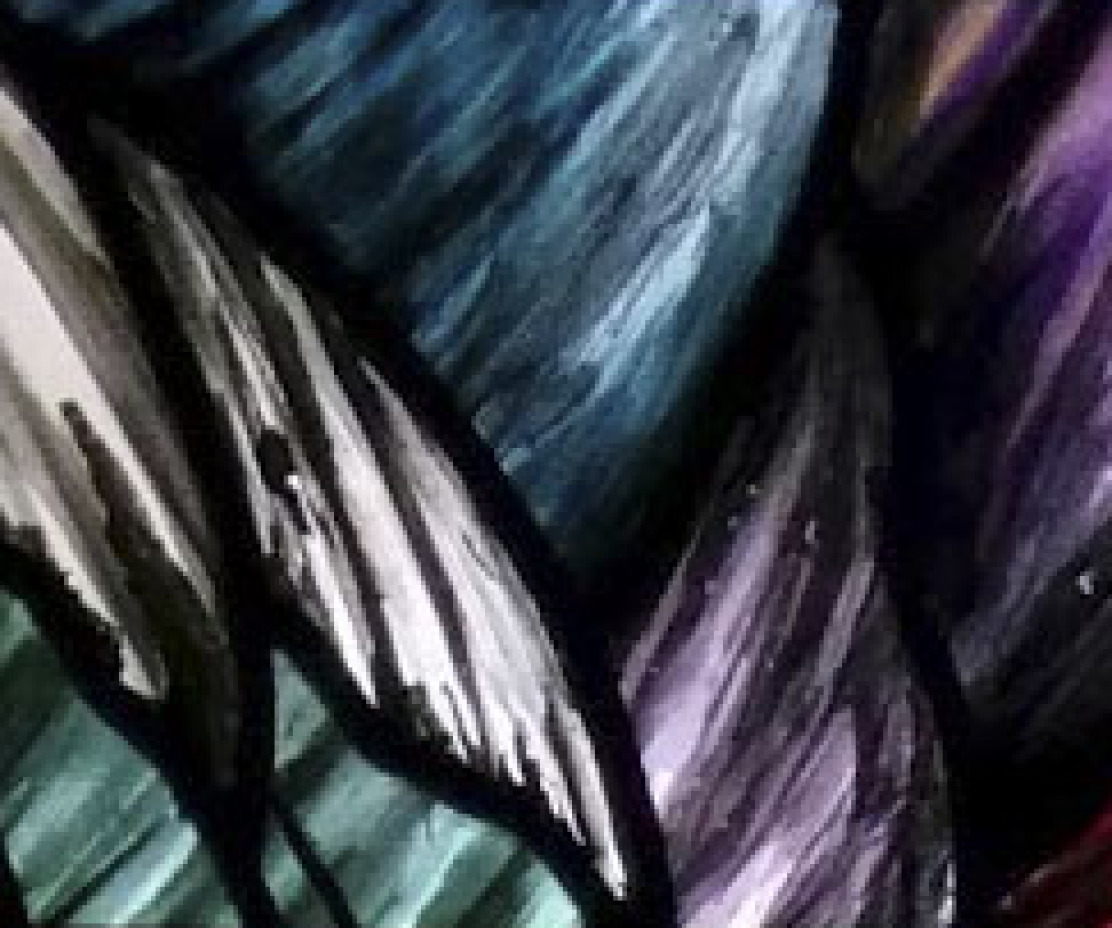When choosing a font for church publications it is important to remember that your choice of font says much about you and your level of professionalism. There are, after all, fonts appropriate for every job and every situation.
Far too many churches and pastors, although, do not take the time to properly choose fonts for their publications and instead rely upon their personal favorite.
An example of this that occurs far too often is the choice to use Comic Sans in all church publications. Most pastors do not realize that Comic Sans was originally created as a casual script typeface that was modeled on the fonts used in American comic books for several decades. The purpose of the new font was to replace Times New Roman in the word balloons of cartoon characters in the beta version of Microsoft Bob.
So what? The font is meant to symbolize fun and youthfulness. An impression most pastors want to convey to the world in hopes of luring in new congregants and growing their churches.
Yet, using a font designed to emulate a comic book font does say something about your church. It says we are youthful and childish, which is perfectly appropriate for children’s ministries and Sunday school. But is it really appropriate for a wedding or funeral, or for the bulletin were the sacrament of the Eucharist is about to be celebrated?
What message are we trying to convey to the world when we use Comic Sans for a Eucharistic bulletin? Is the sacrifice of Christ childish and fun? Is it meant to represent playfulness of God in the redemption of the world? I am going to go out on a limb and say, probably not.
Pastors need to take the same time and dedication to font choices that they do for choice of vestments or liturgical space. Each of these choices says something about us, our churches and how we view ministry.

This is a great post! And strangely validating… I thought I was the only person who had strong feelings about this. In my first few days in the parish, I noticed that most of the documents (bulletins, etc.) were produced using comic sans. And my instant reaction was YUCK! This may seem a frivolous point for some, but I agree, we need to pay attention to 1. the message we convey, and 2. how we deliver the message. Are we being glib in our attempt to be ‘relevant’?
The study or understanding handwritings may reveal the writers psychological feelings and now days we have a new point of interest in the many different font-faces available and not a lot of people take the time to personalized their choice of font-face. However, when it comes to print material for public impact the choices of font type is almost as essential as what the text says. The form of the fonts send a message to the readers aside from the context of the text explicitly conveys. Obviously, the way a font is designed would influence its legibility. And beyond legibility fonts must be suitable to our aiming, e.g. Professional, academic material or a girl’s nights out invitations. Fonts-faces can show personality, respect, appealing and choosing the right one is essential otherwise we won’t obtain the desired effect.
Font-faces has become our modern handwriting and when designing print material or for any visual message, fonts have subtle and overt influences on our audiences, so we can’t simply pick one out offhandedly.